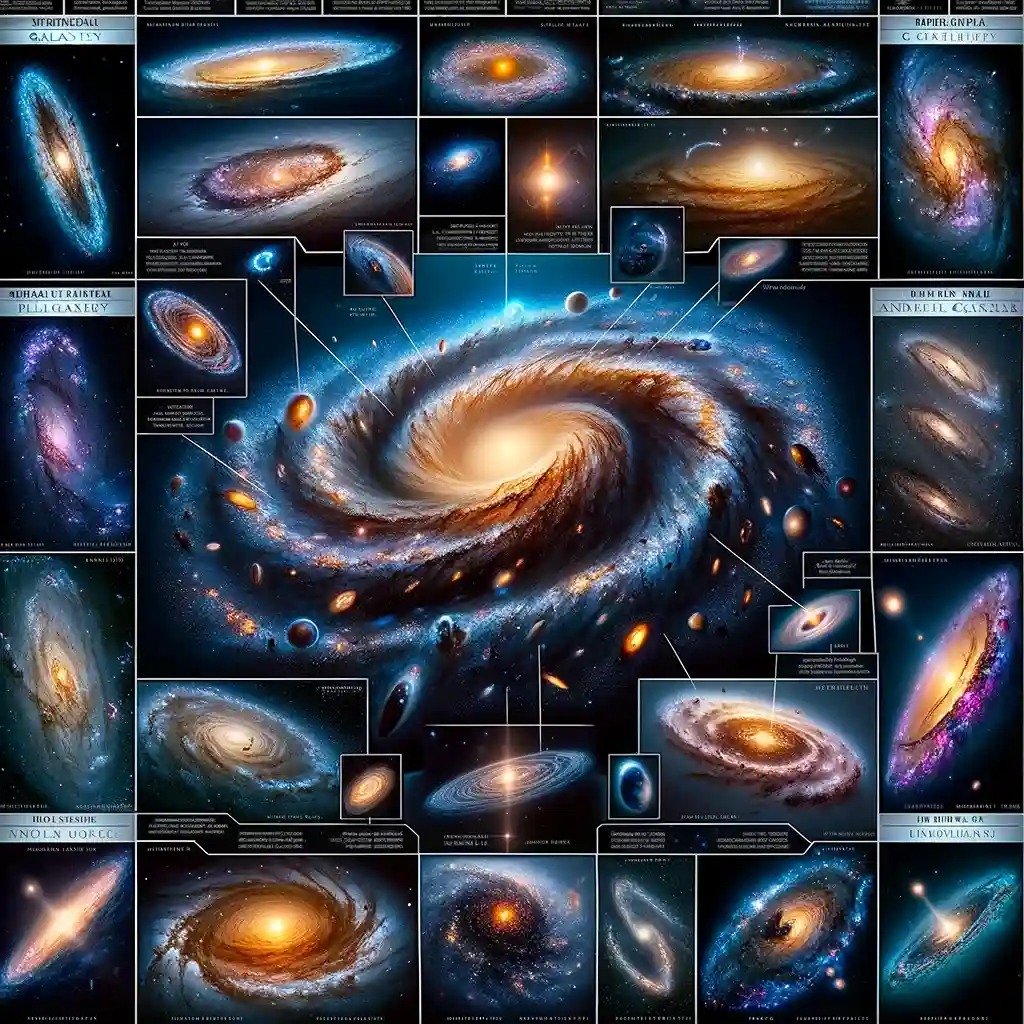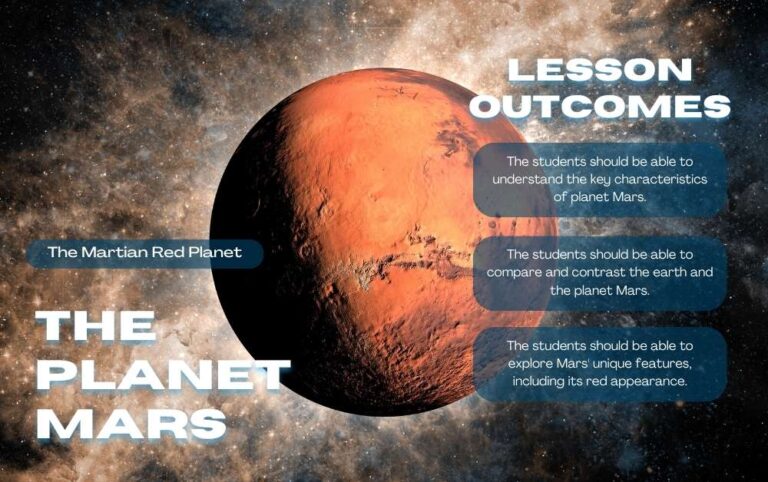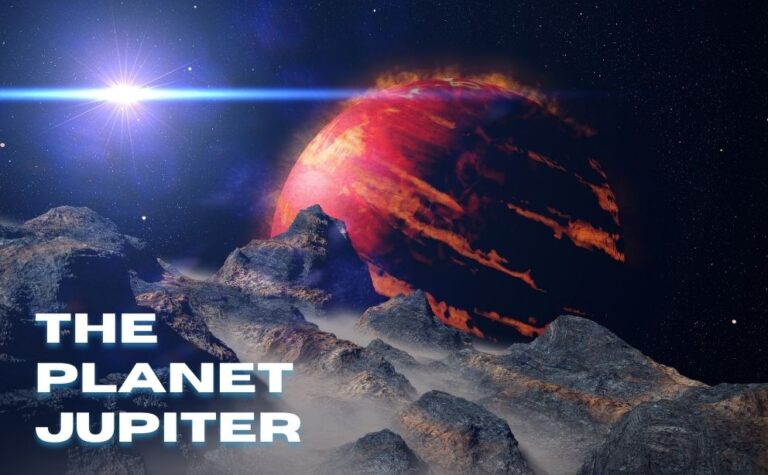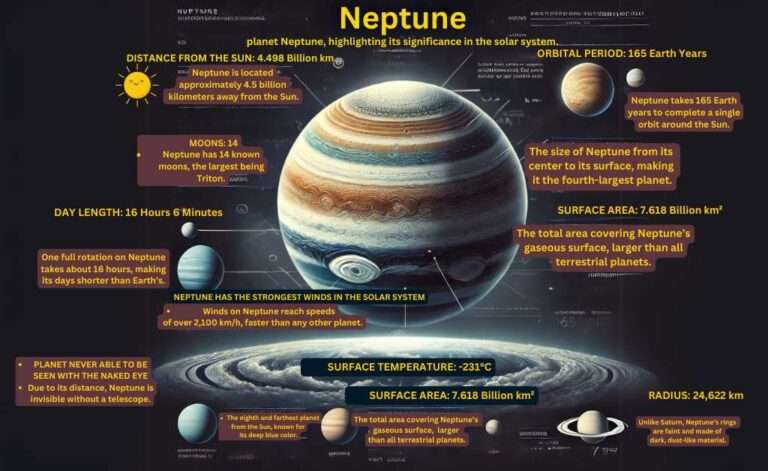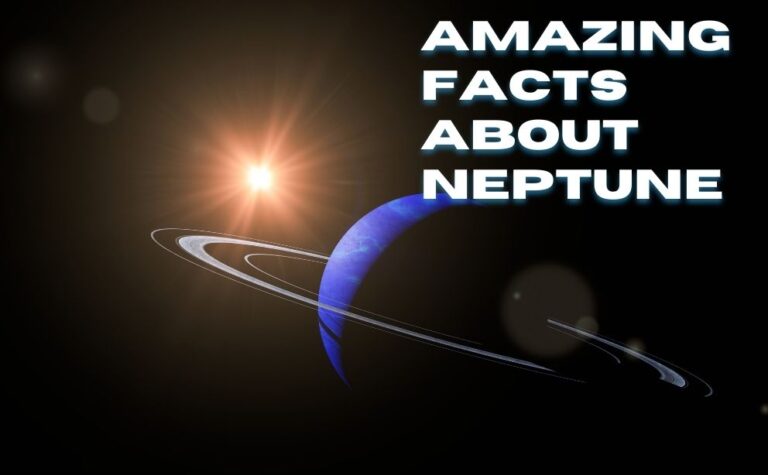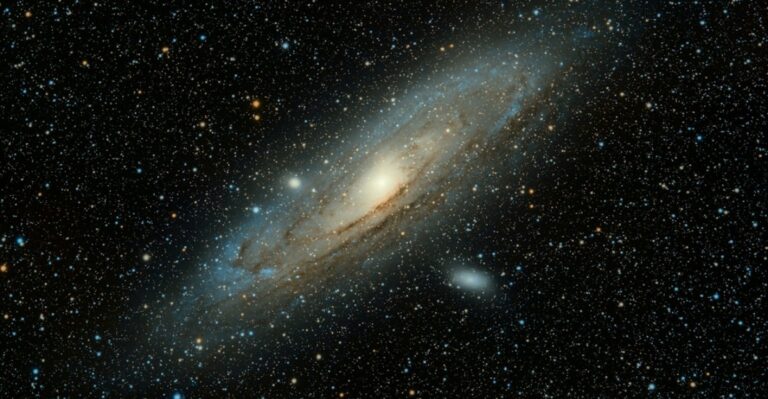Discover 14 Jaw-Dropping Galaxy Facts You Never Knew Existed
Facts About Galaxies: Unlocking the Mysteries of the Universe
Introduction
Galaxies are among the most breathtaking and mysterious wonders of the universe. These colossal systems of stars, gas, dust, and dark matter form the backbone of the cosmos. From our home in the Milky Way to the farthest observable galaxies, the universe never ceases to amaze us. This article delves into fascinating facts, meanings, and scientific insights about galaxies, answering your most curious questions.
1. General Galaxy Facts

What are galaxies, and why are they fascinating?
-
Galaxies are vast systems bound by gravity, containing billions of stars, planets, and interstellar materials. Learn more on NASA’s Galaxy Overview. They are the building blocks of the universe.
-
Did you know? The observable universe contains an estimated 200 billion galaxies, each unique in size, shape, and structure. Explore these findings on ESA Science.
Fun Facts About Galaxies
-
The largest known galaxy, IC 1101, spans over 6 million light-years across! Read about it on Wikipedia on IC 1101.
-
Some galaxies are so faint they remain undetected for years, such as ultra-diffuse galaxies (UDGs). Check out Scientific American.
-
Starburst galaxies can create up to 1,000 new stars annually, far surpassing the Milky Way’s star formation rate.
Facts About the Milky Way Galaxy
-
The Milky Way is a barred spiral galaxy measuring 120,000 light-years in diameter.
-
It contains an estimated 100 billion stars, including our Sun.
-
A massive black hole, Sagittarius A*, resides at its center with a mass 4 million times that of the Sun. Learn more on the Event Horizon Telescope.
Galaxy in Space
Galaxies are scattered throughout the universe, often clustered together in galaxy groups and superclusters. The Milky Way is part of the Local Group, which contains over 50 galaxies. Explore this group on ESA Local Group Studies.
2. Definitions and Meanings
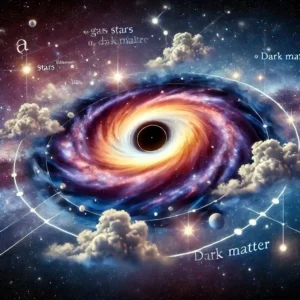
What is a Galaxy?
A galaxy is a massive system of stars, stellar remnants, gas, dust, and dark matter bound together by gravity. They vary greatly in size and structure.
Definition of a Galaxy
In astronomy, a galaxy is defined as a gravitationally bound system where stars and other materials orbit a common center.
What Makes a Galaxy?
Galaxies are composed of:
-
Stars: The primary building blocks.
-
Gas and Dust: Fuel for star formation.
-
Dark matter: invisible matter that accounts for the majority of a galaxy’s mass.
-
Black Holes: often found at the center, influencing the galaxy’s dynamics.
Galaxy Definition in Science
In scientific terms, a galaxy is a dynamic structure shaped by gravity, stellar evolution, and interactions with other galaxies.
3. Galaxy in the Universe
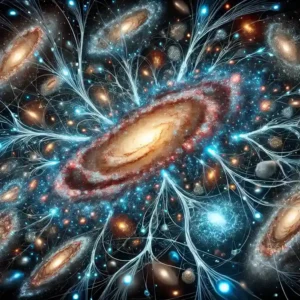
Galaxy Universe Stars
Stars are the heart of galaxies, illuminating their structures and fueling their evolution. Without stars, galaxies would be invisible to us.
Space and Galaxies
Galaxies inhabit the vast expanses of space, forming intricate networks of filaments, voids, and clusters.
Universe and Galaxy Connection
Galaxies play a pivotal role in shaping the universe’s structure. Their distribution helps scientists study cosmic expansion and dark energy.
4. Milky Way
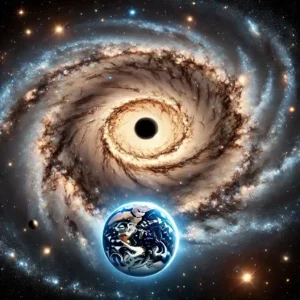
Milky Way Age and Size
-
Estimated to be 13.6 billion years old, the Milky Way’s age mirrors the universe’s early history.
-
Its vast size spans 120,000 lightyears, yet it’s dwarfed by some elliptical galaxies.
Milky Way Parts and Stars
The Milky Way has distinct regions:
-
Core: Houses the supermassive black hole. Details on the Harvard Astronomy Milky Way.
-
Spiral Arms: Rich with star-forming regions.
-
Halo: contains old stars and dark matter.
Milky Way’s Future
-
The Milky Way is on collision course with the Andromeda Galaxy. Read the details on NASA’s Andromeda Studies. In 4.5 billion years, the two galaxies will merge to form a new galaxy, often referred to as the Milkomeda.
5. Galaxy Characteristics
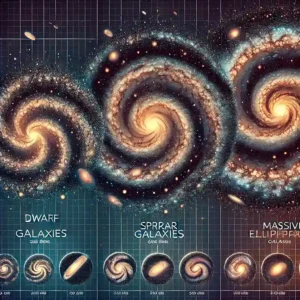
How big is a galaxy?
Galaxies range from dwarf galaxies, with only 10 million stars, to giants like IC 1101, hosting up to 100 trillion stars.
Galaxy Stars and Planets
Many galaxies contain billions of stars and countless planetary systems. Some exoplanets orbit stars within the habitable zone, raising the possibility of extraterrestrial life.
Galaxy and the Solar System
Our solar system is located in the Orion Arm of the Milky Way, approximately 27,000 lightyears from its center.
How Many Galaxies Are There?
The Hubble Space Telescope estimates about 2 trillion galaxies in the observable universe, far surpassing earlier estimates. Discover more on Hubble Science.
6. Astronomy and Science
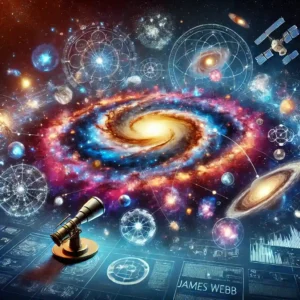
Galaxy in Astronomy
Galaxies have been a focus of astronomical research since Edwin Hubble discovered their existence beyond the Milky Way in the 1920s.
Galaxy Meaning in Science
Galaxies help astronomers understand stellar evolution, the role of dark matter, and the universe’s expansion.
Galaxy Discovery Facts
-
Early astronomers mistook galaxies for nebulae.
-
The discovery of galaxies reshaped our understanding of the universe’s vastness.
Galaxy and NASA Research
NASA’s telescopes, such as Hubble and James Webb, continue to reveal breathtaking images and groundbreaking insights into galaxies. Explore these telescopes at James Webb Space Telescope.
Conclusion
Galaxies are the cosmic tapestries of the universe, each holding countless stories of creation and evolution. From the Milky Way’s spiral arms to the enigmatic dark matter holding galaxies together, their mysteries inspire awe and curiosity. As we peer deeper into space, galaxies remind us of the endless possibilities and the profound beauty of the cosmos.
FAQs
Q1: What is the largest known galaxy?
-
IC 1101 is the largest known galaxy, spanning over 6 million light-years across.
Q2: How do galaxies form?
-
Galaxies form from the gravitational collapse of gas and dust, evolving through mergers and star formation over billions of years.
Q3: What is dark matter in galaxies?
-
Dark matter is invisible material that makes up about 90% of a galaxy’s mass, detectable only through its gravitational effects.
Q4: How old is the Milky Way?
-
The Milky Way is approximately 13.6 billion years old, nearly as old as the universe.
Your support can make a significant difference in our progress and innovation! via Venmo admin@factblaze.com or Click Here to buy me a coffee!

